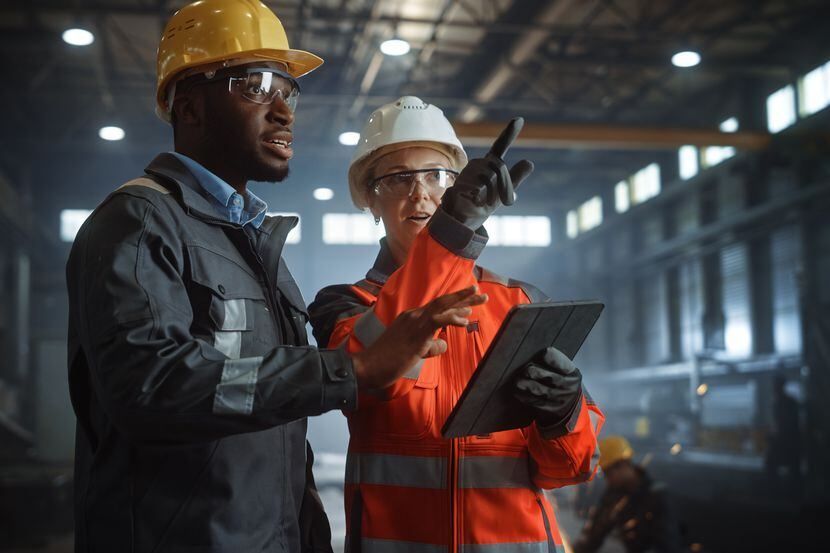Can Sleep Deprived Workers be Trusted to Work Safely?
Author: Tony Mudd, CSP Published: 2/20/2022 Time: 3 Minutes
For years, I have worked with companies whose team members just seem tired. Whether they were nodding off in a training, catching a nap during lunch, or simply moving slowly on the job, it’s no secret that American workers are chronically sleep-deprived and lacking enough rest.
With a workday averaging over 8.5 hours, the 2008 Sleep in America Poll found that Americans who are working from home are actually working an additional four hours each week. This may be contributed to the boundaries for work and sleep being highly blurred since working from home became the norm for so many people during the pandemic. Unfortunately, this research is finding that more work often equals less sleep. This same survey found that respondents’ sleep time was reduced by an hour and a half during workdays, compared to their sleep on non-workdays.
Trying to work without being fully rested can significantly impact worker safety performance. Without enough quality sleep, neurons in the brain can become overworked, impairing worker thinking, slowing reaction time, and leaving people feeling physically drained. Long-term sleep deprivation can have drastic consequences, including an increased risk of obesity, heart disease, and decreased processing speed in the brain.
In addition, this lack of sleep can leave a worker feeling irritable, angry, and stressed. A lack of quality sleep makes it more difficult to maintain focus, attention, and vigilance. It’s also been said that feeling drowsy and trying to stay awake takes a lot of mental energy, which makes it more difficult to stay focused on long tasks and those that require concentration. According to a recent article by the Sleep Foundation, The Link Between Sleep and Job Performance, “People who are sleep deprived are also more likely to make errors and omissions, partially due to increased reaction times”. This means that tired team members tend to take more time to react in critical situations and may be more likely to make a mistake or critical error. In some job positions, sufficient sleep is critical to the outcome of their task because impaired reaction times or slowed thinking could make the difference between life and death. Think about how confident you would feel if you knew your surgeon only had 2 hours of sleep before your surgery or your child’s bus driver only had 3 hours of sleep before picking your child up for school.
Worker fatigue and sleeplessness have a massive economic impact on the workplace, costing employers billions of dollars. According to an article, The Cost of Poor Sleep: Workplace Productivity Loss and Associated Costs, it’s estimated that reductions in productivity, motivation, and health care costs related to the lack of quality sleep cost individual employers around $1,967 annually per employee. In addition, in the article, Fatigue in the U.S. Workforce: Prevalence and Implications for Lost Productive Work Time, worker fatigue costs U.S. companies around $136.4 billion dollars a year.
Getting quality sleep for workers is essential to maintaining a safe and healthy workplace. As a Safety Professional, I have always advised employers to conduct sleep studies or ask team members about their levels of sleep to help determine each person's level of fatigue. This is important data, allowing the employer to better understand just how long it takes their workers to get to sleep at night, how long they sleep without waking up, and what their level of mental readiness is before taking on the day. This information allows employers to see correlations and trends over time, and to note the effects of sleep and safety in the workplace.
I hope you enjoyed this article. If you are interested in learning more about vision training services in the workplace, please feel free to contact us today. If you enjoyed this reading, please feel free to join our online community and be sure to comment, share, and post.
Stay Safe & Stay Healthy!
#SensoriSafety #VisionTraining #VisionTesting #ForkliftOperator #CraneOperator #manufacturing #construction #sleep #workersafety
Noted Sources
Alhola, P., & Polo-Kantola, P. (2007). Sleep deprivation: Impact on cognitive performance. Neuropsychiatric disease and treatment, 3(5), 553–567. https://www.ncbi.nlm.nih.gov/pmc/articles/PMC2656292/
Ricci, J. A., Chee, E., Lorandeau, A. L., & Berger, J. (2007). Fatigue in the U.S. workforce: prevalence and implications for lost productive work time. Journal of occupational and environmental medicine, 49(1), 1–10. https://doi.org/10.1097/01.jom.0000249782.60321.2a
Rob Newsom. (2021, June 24). The Link Between Sleep and Job Performance. Sleep Foundation. Retrieved February 18, 2022, from https://www.sleepfoundation.org/sleep-hygiene/good-sleep-and-job-performance
Rosekind MR, Gregory KB, Mallis MM, Brandt SL, Seal B, Lerner D. The cost of poor sleep: workplace productivity loss and associated costs. J Occup Environ Med. 2010 Jan;52(1):91-8. doi: 10.1097/JOM.0b013e3181c78c30. PMID: 20042880. https://pubmed.ncbi.nlm.nih.gov/20042880/
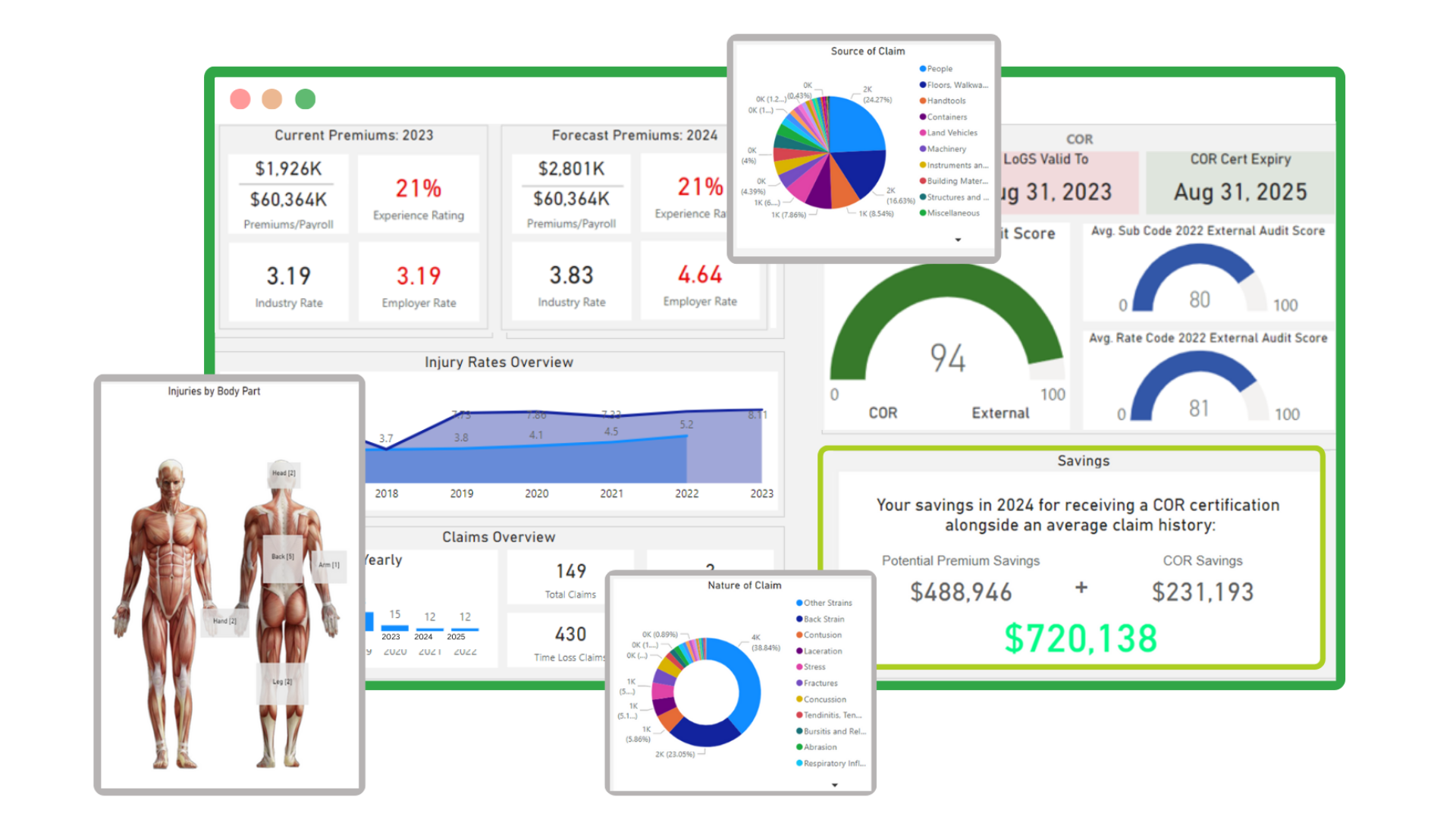

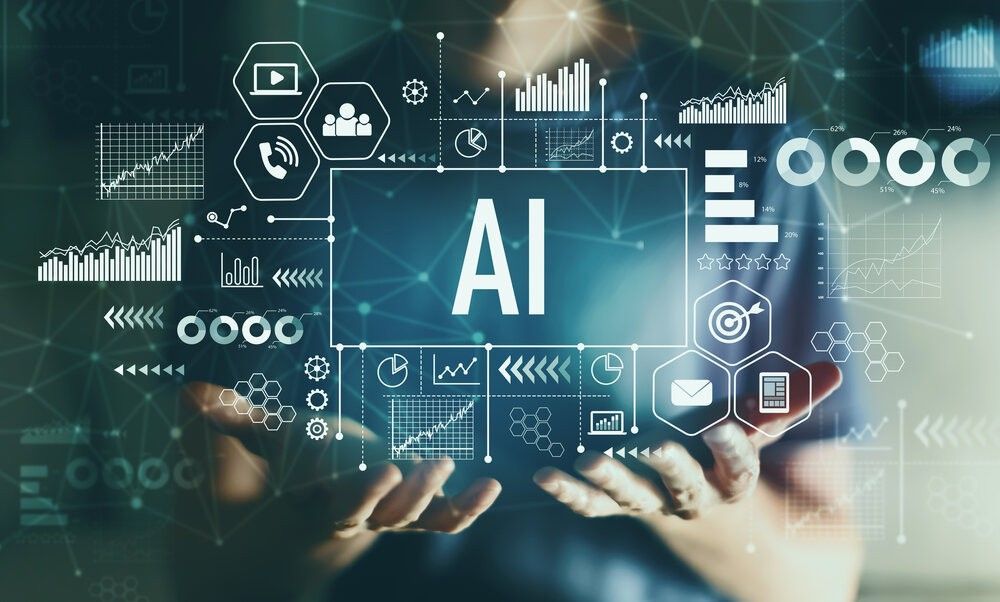
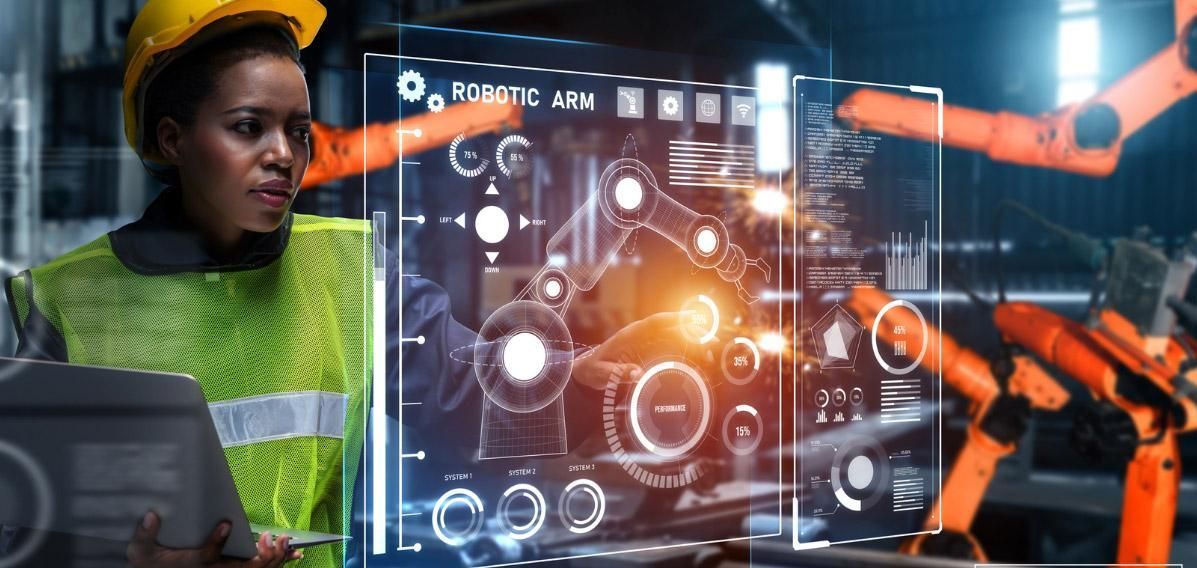
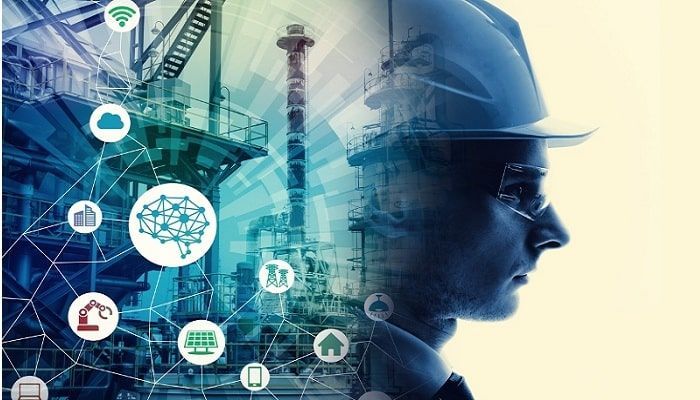
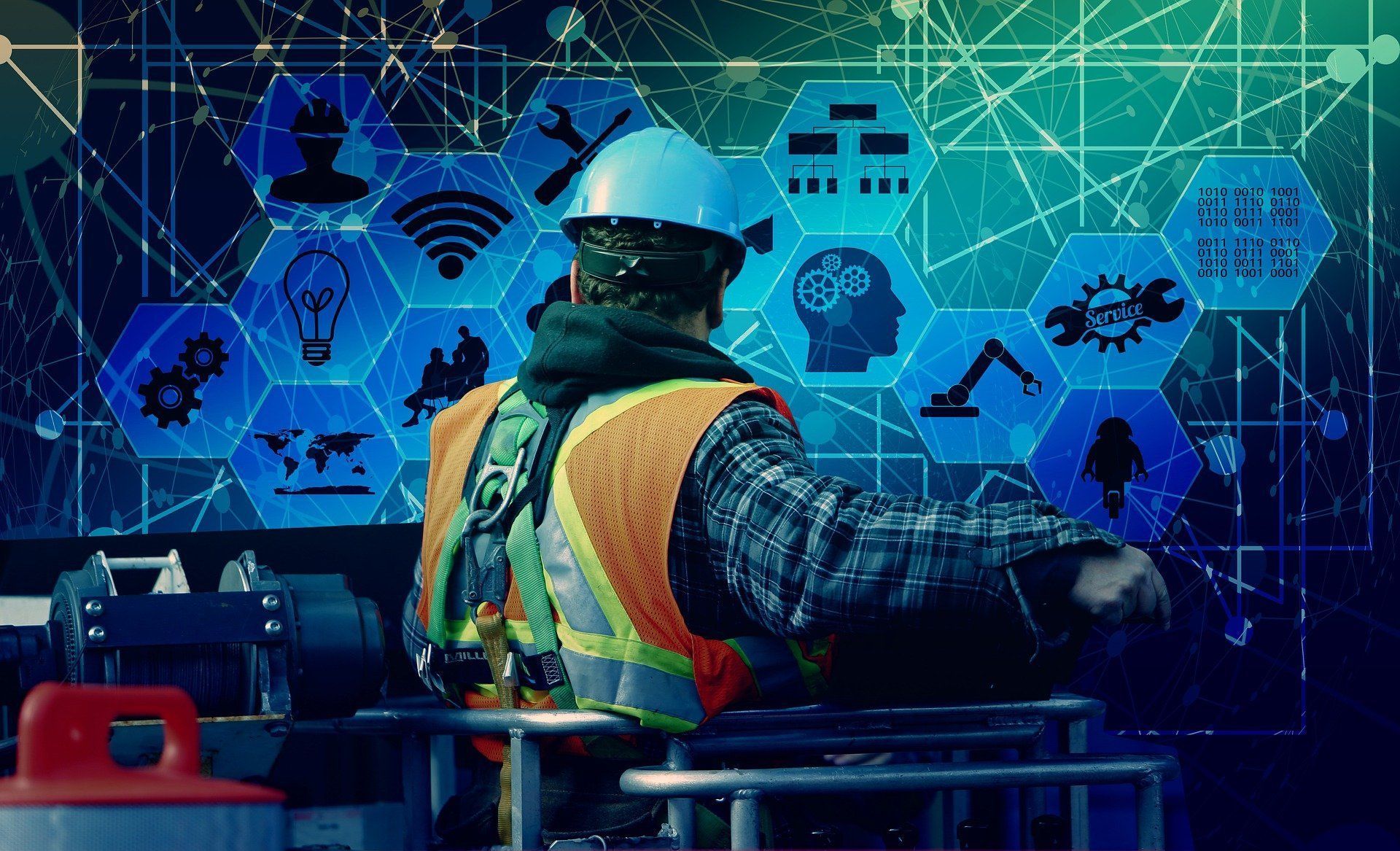
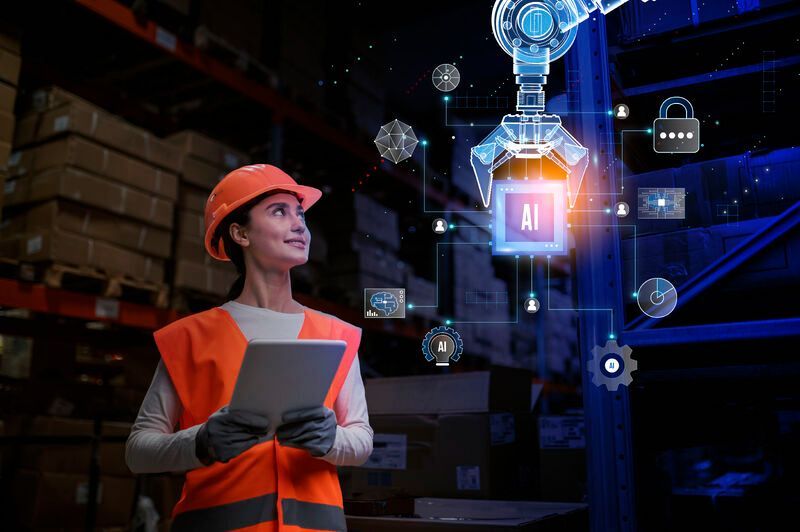
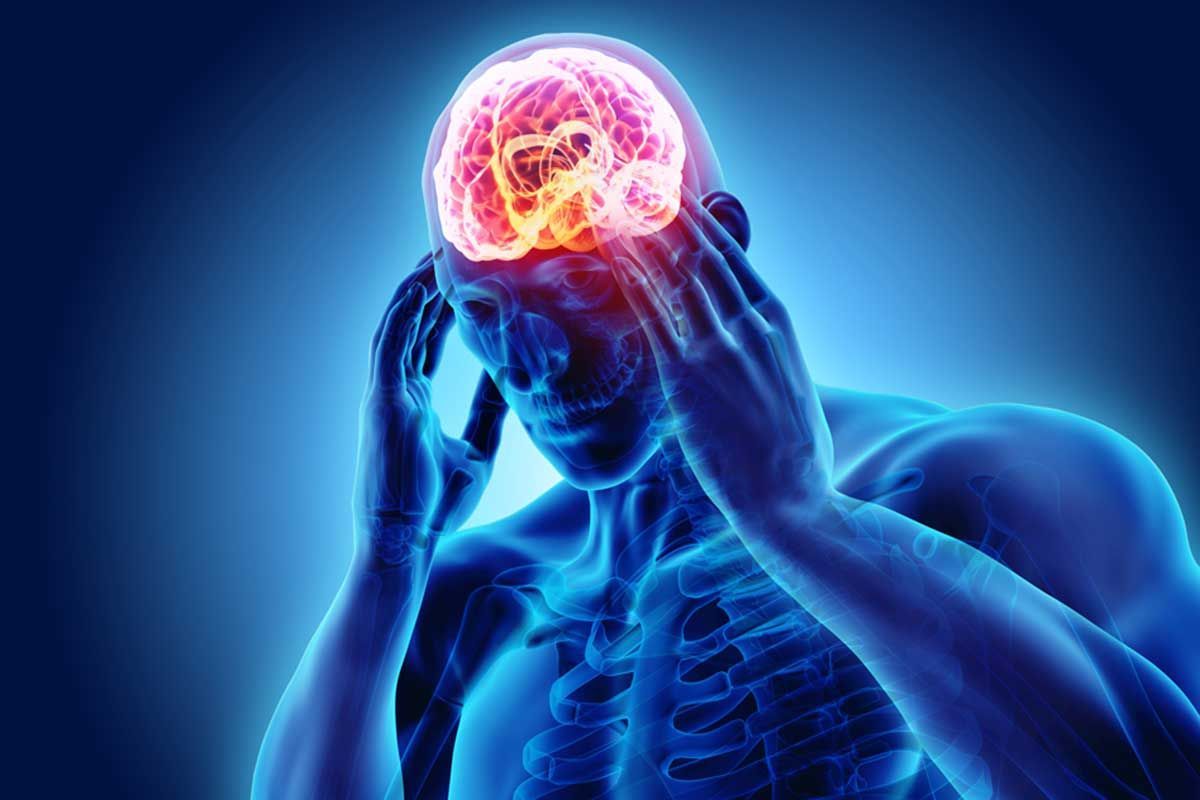
ABOUT US
Since 2021, Sensori Safety has been dedicated to disrupting traditional safety through accident prediction technology.
OUR SERVICES
All Rights Reserved | Sensori Safety | Human Performance Technology ©2024



